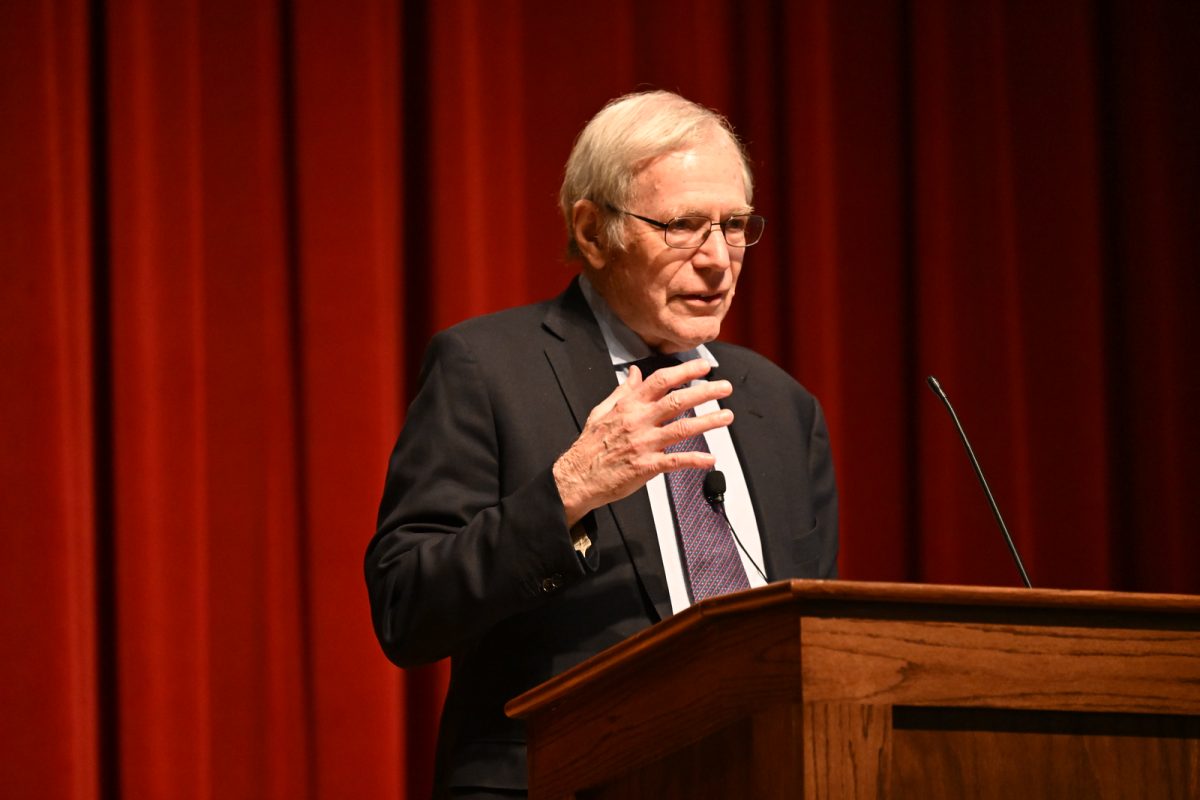By: Meghan Daniel, contributing writer
As the 2017-18 academic year at Wofford comes to a close, it is important for the campus community to know where Wofford stands in regards to enrollment. Before diving into enrollment trends and projections, let us begin by familiarizing ourselves with current enrollment statistics. A few enrollment fast facts are as follows: enrollment for the fall of 2017 was 1,863. Of the 3,101 incoming freshmen that applied in the fall of 2017, 2,142 were accepted and 452 enrolled. Lastly, the faculty to student ratio on which Wofford prides itself is 1:10.
The remaining information about enrollment was gathered from an interview with Brand Stille, Wofford’s Vice President for Enrollment. To expand on current enrollment facts, Stille explained that the 460 enrollment goal for the class of ’21 was very nearly met with the previously mentioned figure, 452. In comparison, this year’s graduating class had the largest enrollment in Wofford’s history at a whopping 487. Stille says this large enrollment was an overcorrection for the previous year’s much smaller class of only 415. For the most part, however, Stille pointed out that enrollment over the past four years has remained within the 440-450 range.
The Admissions staff, President’s staff and the Board of Trustees work in a responsive environment that is constantly monitoring and, if necessary, revising goals and intentions for enrollment. Stille says the current goal for diversified enrollment includes 20 percent racial and ethnic diversity, 50 percent out-of-state students, 20 percent first generation college students and 20 percent Pell Grant recipients. Additionally, staff and influencers of Wofford’s enrollment hope to improve diversity and academic quality steadily based on quality measures such as GPA recalculation, test scores and class rank of incoming freshmen.
As for quantity, Stille reemphasized the college’s model of between 450-460 enrolled students for each incoming class. When the question of increased enrollment was presented, he asserted that the enrollment staff is happy with where the college currently stands. Additionally, he noted that there is currently no capacity for increased enrollment if the college intends, as it does, to maintain the aforementioned factors such as faculty ratio, generally small class sizes and other benefits of Wofford’s current student body size.
Finally, Stille mentioned that the current state of Wofford’s enrollment affairs is a successful result of a long-term plan. Stille recalls that 10-12 years ago, the President’s staff created a plan for growth that was then approved by the board. The plan would affect aspects of campus life such as capacity, hiring of faculty and dining facilities, just to name a few. He notes that the implementation and success of this plan for growth have been a result of the collaboration of all aspects of campus life and have led to significant growth and recent stability.






























